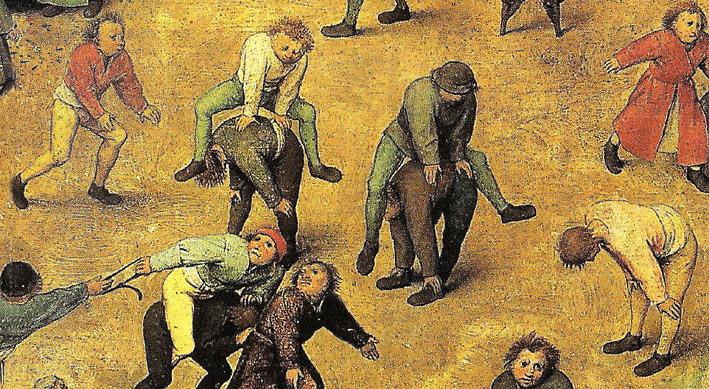Primary's earnings are on the rebound, despite a drag on income at medical centres reflecting higher earnings for GPs on new contracts
Primary Health Care is on the rebound after three years of shrinking profits, despite a drag on income at medical centres reflecting higher earnings for GPs on new contracts.
The group recorded a 5% uptick in underlying net profits in the half-year to December, allowing it to boost dividends for shareholders, cut debt, and reaffirm ongoing investment plans, including four new medical centres to open this year.
Announcing the results today, CEO Dr Malcolm Parmenter said a strong result from the imaging division, a good result in pathology and lower costs had offset a weaker contribution from medical centres.
“It is pleasing to announce that our revenue was up nearly 6% and underlying NPAT (net profit after tax) was up 5% in the first half of the year,” Dr Parmenter said. Reported net profit rose 4.7% to $22 million.
Revenue in the medical centres division edged up to $159.3 million, up just 1.5% from a year before, but its GP revenue fell $5 million as it took a lower share of gross billings.
Dr Parmenter said the group was now halfway through its five-year plan to transition to new GP contracts to improve cash flow and increase the group’s appeal to GPs.
Pathology business benefited from constrained growth in rental costs paid to general practices for Approved Collection Centres.
The cost of collection centres was recently a target of intervention by the federal government after Primary, and some other providers, complained of price-gouging by GPs.
In the latest half-year, “disciplined negotiations” on rents held costs below the path division’s revenue growth of 5.8%.
Imaging reported another strong result, with revenue up 10.1%, delivering on its strategic focus on the hospital sector, Primary medical centres and high-end specialised imaging sites.
Dr Parmenter emphasised the progress on GP recruitment and retention.
“We have developed shortened and simplified HCP contracts with far fewer legal restraints,” he said.
“We have a new head of the Medical Centres recruitment team and a greater number of internal recruiters who understand the skills?set they are looking for in each centre.”
Primary had launched “Project Leapfrog” as a “major strategic initiative” to take advantage of its growing string of large medical centres and strong patient demand, he said.
“Leapfrog will introduce appointments and other work practices that benefit consumers and GPs, develop a diverse range of services, and drive efficiencies through modernisation and digitisation,” he said.
The project is under the direction of new Medical Centres CEO, Dr Tim Haggett, who has extensive experience in developing and implementing a consumer-centric service delivery model.
The company said medical centres were central to Primary’s integrated health services strategy and to drive value to the rest of the group.
GP recruitment remained ahead of 1H 2017 and retention rates are now on a par with industry norms. Strategic initiatives to improve GP numbers and productivity and, importantly, to place the right GPs in the right clinics are in train.
Project Leapfrog would help GPs build their practice through an appointment system and paved the way for selected private billing, the company said.


